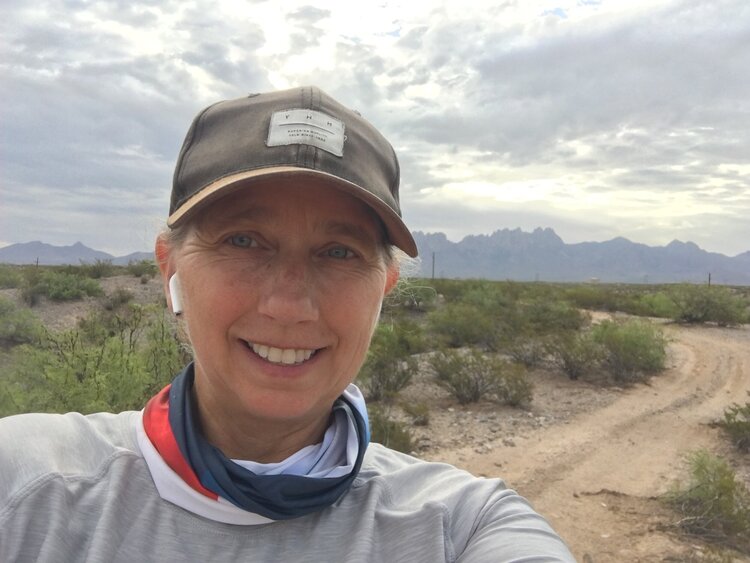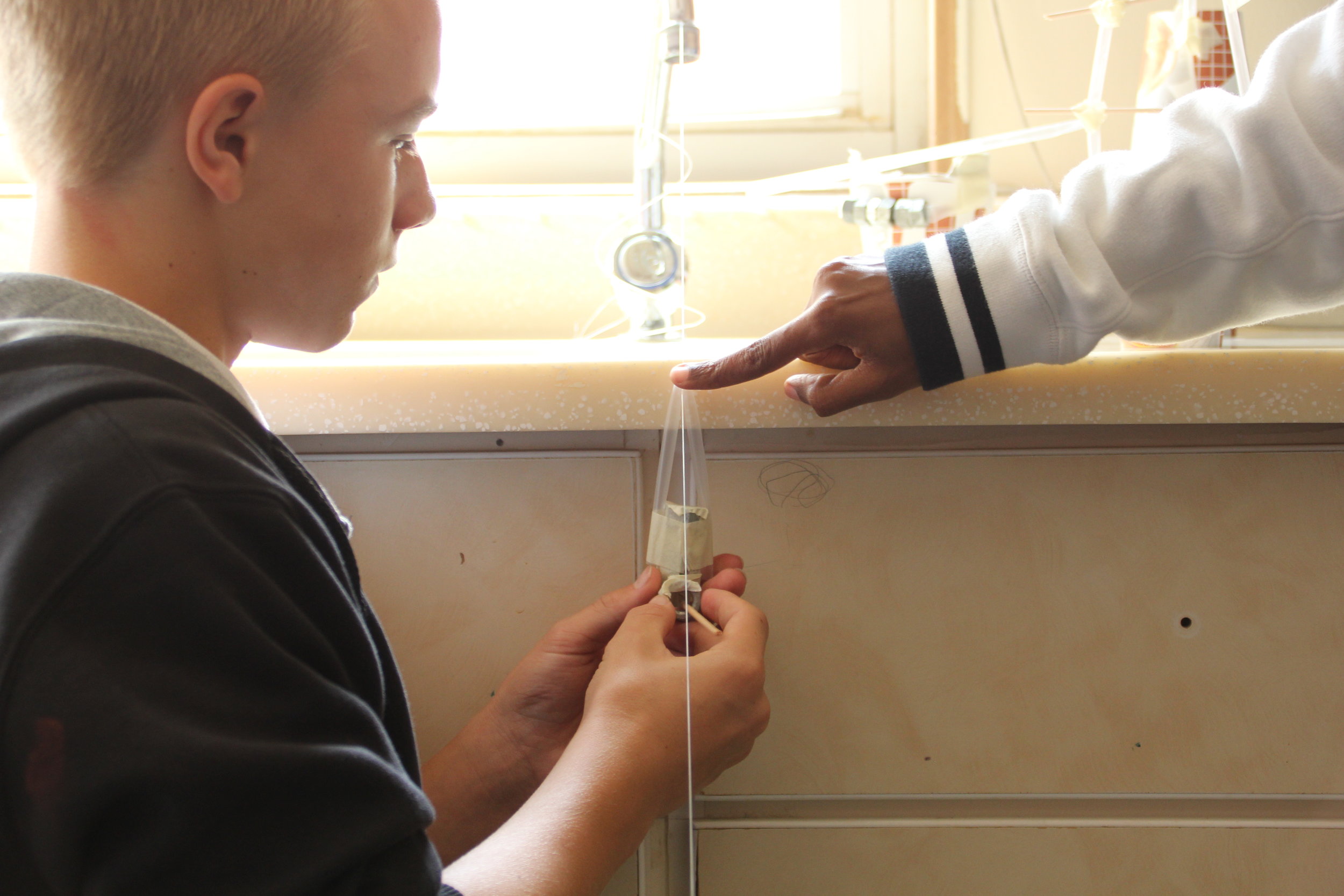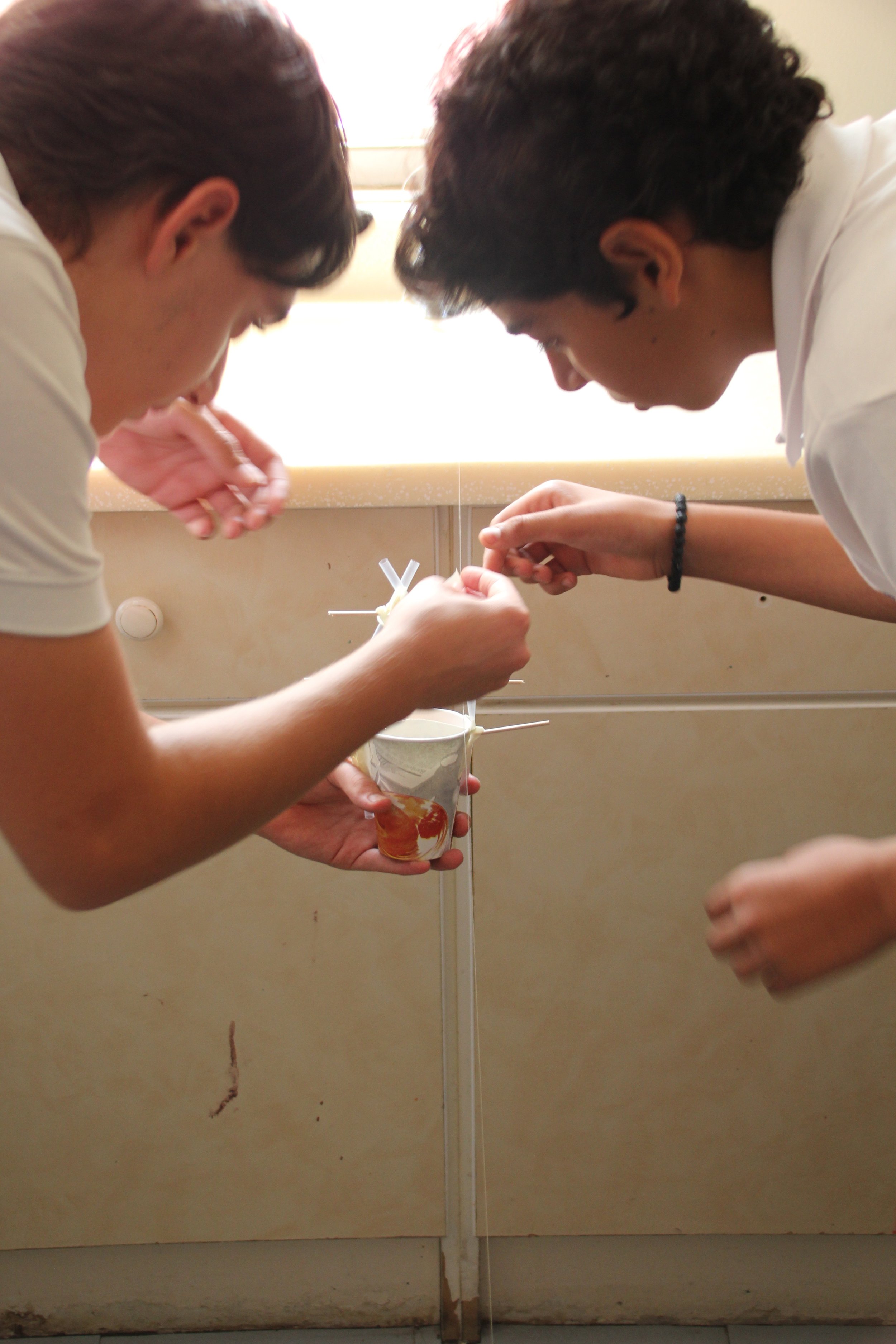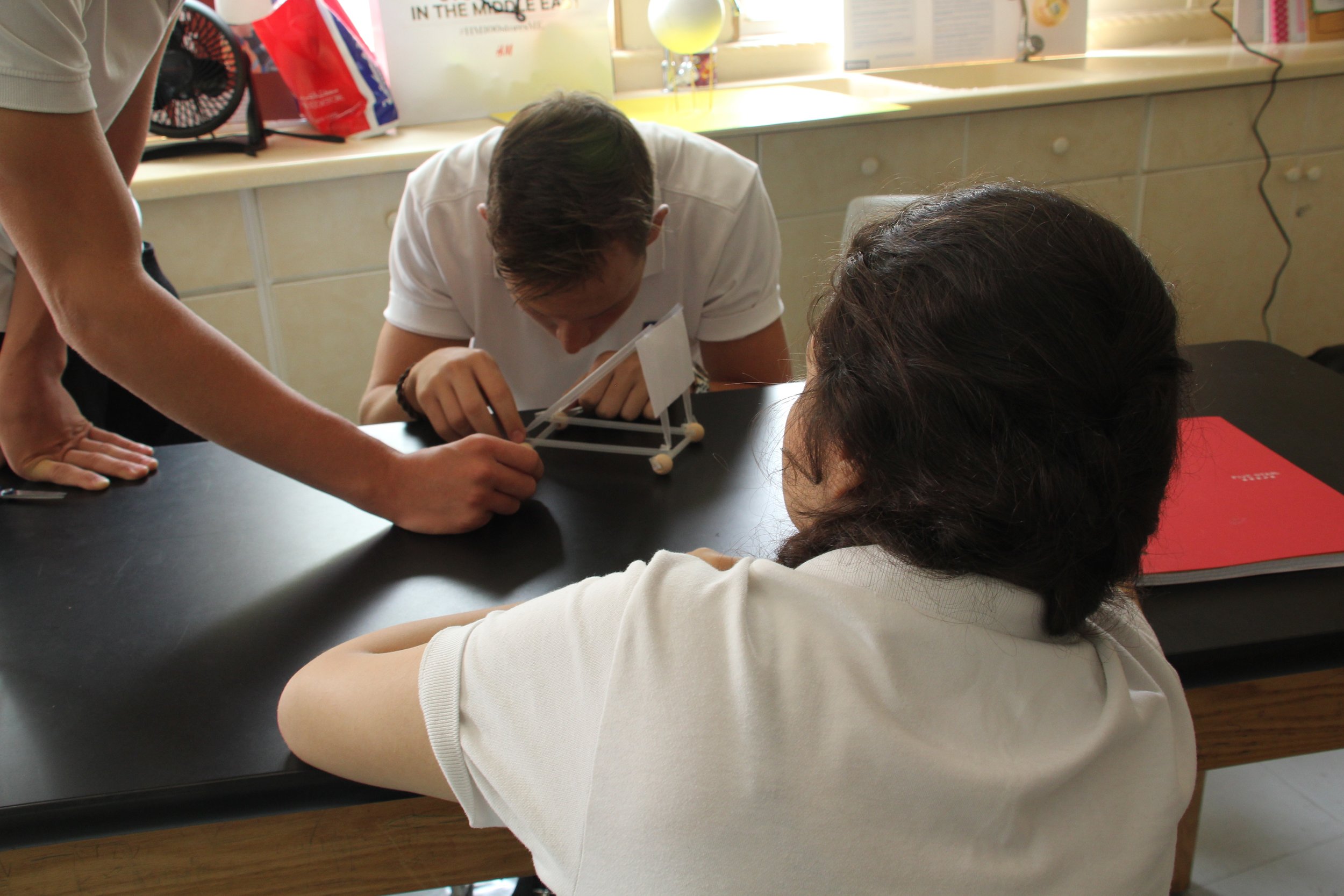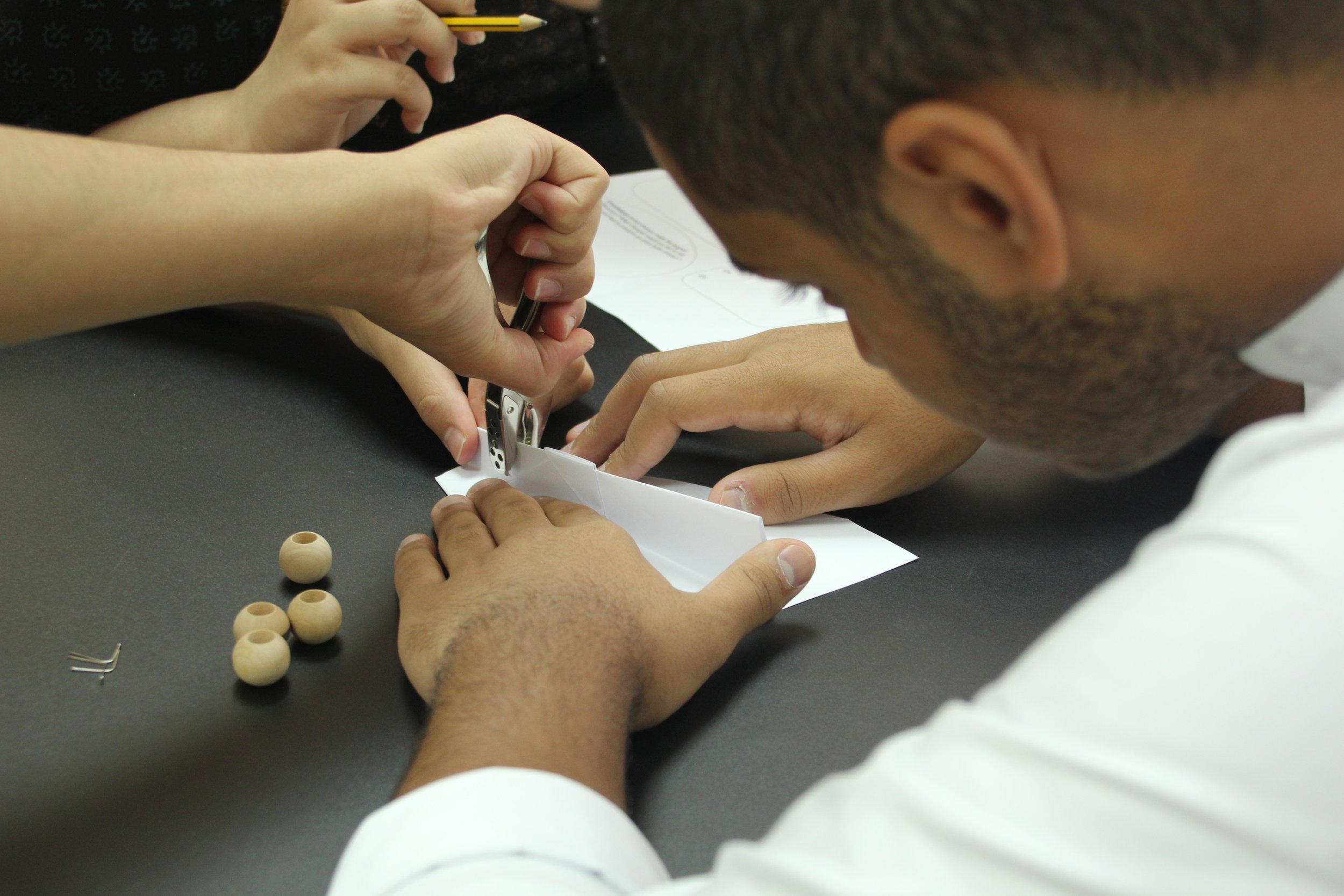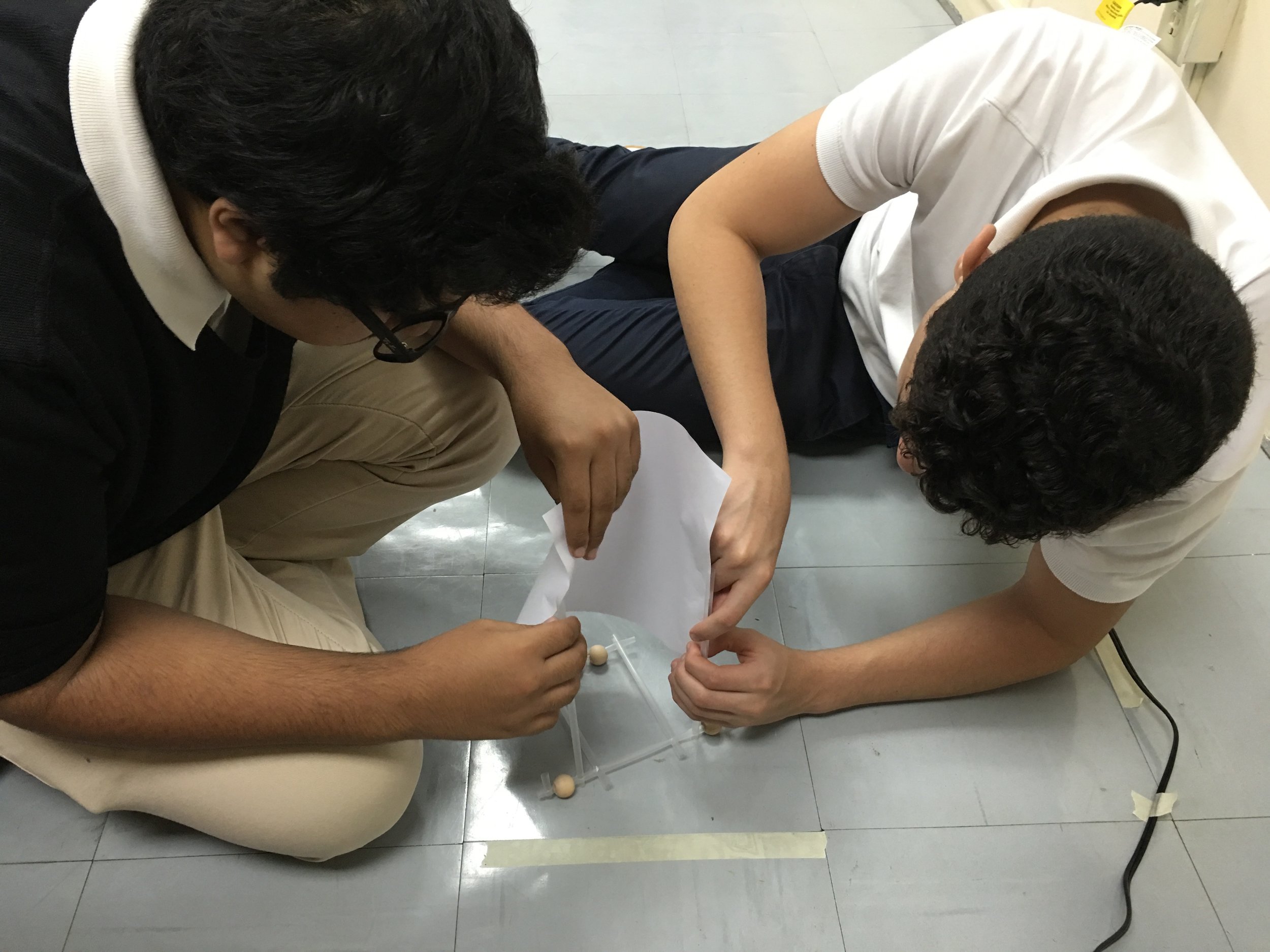In order to be able to accomplish the skill of properly mailing a letter, in 5th grade I was expected to learn the abbreviation for each state of the United States. For example, my state of Missouri had the abbreviation Mo. while Mississippi and Montana were abbreviated Miss. and Mont., respectively. The first time I took the test over this content I forgot one of the periods. Thus, I was required to rewrite the entire test. I was furious and the second time through I wrote gigantic periods following each abbreviation, almost as large as the “o”s themselves. When the teacher collected my test she commented, “I see someone remembered all the periods this time.” Well, a few years later the postal codes were changed to two letter symbols without the periods i.e. MO, MS, and MT for Missouri, Mississippi, and Montana and I remember thinking back on that 5th grade exercise and feeling like it was the biggest waste of my time and energy. Not to mention that fact that now mailing a letter has become almost obsolete and if I need to know a postal code I have quick access to the information on the Internet.
And as a teacher I often reflect on whether I have caused my own students to participate in similarly futile exercises. Have I ever forced content that will either become obsolete or is readily available to students via a quick Google Search? And the answer is, sadly, “yes”. So then I’m left with the question, “What is the purpose of education these days”? After all, the jobs my students will be employed in probably don’t even exist right now. So what am I preparing them for?
My thoughts and reflections have driven me to read and ponder a lot about the topic. I started searching for what companies will be looking for in employees in the future. My conclusion is that we, as educators, will benefit our students by fostering the development of novel and adaptive thinking, the ability to work in and think about multiple disciplines at once (transdisciplinarity), innovation, and collaboration. Furthermore, in allowing students to develop high emotional and social intelligence and the ability to make sense out of problems will empower them to interact with others face-to-face and through digital collaborations to solve the problems of the world. Finally, in fostering a service oriented mindset we might see a greater emergence of globally minded citizens intent on providing sustainable solutions. As Mike Newby argued back in 2005, we need to move away from a content-driven curriculum and incorporate an experimental and progressive curriculum that encourages students to take risks and be at ease with an uncertain future (Newby).
In my current position I was hired to develop the STEM (Science Technology Engineering, and Mathematics) program at our school. To circumvent attempting to change the ways of others, I introduced an entirely new class to the school, our STEAM (Science Technology Engineering Art and Mathematics) Academy. The objectives of the course are actually to help students develop novel and adaptive thinking, transdisciplinarity, a design mindset, collaborative skills, and new media literacy. This is achieved through hands-on project based activities. The students also engage in daily mini-challenges that develop both design and drawing skills as well as the capacity to think outside of the box.
Mini-Challenge: 5 minutes to build a tower from 2 sheets of paper.
Students have competed in class-wide competitions that extended between all four STEAM classes to build the tallest tower, a bridge that could hold the most mass, the fastest zip-line carrier, and a cargo airplane that could carry the heaviest load and travel the furthest distance. Students also completed a larger project of a self-designed air-powered car and competed in a school-wide competition in the gym. Towards the end of this first semester, the STEAM designers and engineers have built a competitive mousetrap vehicle. Additionally, these scientists have established websites that create or build upon their digital portfolio to showcase their growth and learning in STEAM.
As one of my colleagues said to me, “It’s a lot of work to keep students engaged in the classroom!” and what does she mean by that? Well, rounding up supplies and being prepared so that students participate in hands-on activities every single class period does take a lot of time and organization. Plus, it feels like the classroom is in a constant state of construction. And there is a lot of mess involved. However, the rewards are worth it. Student heads are bent over projects and they are deep in discussion or they are working intently together, hands gripping a project trying to engineer a specific component. Or, they are drawing a design and discussing different aspects of materials, physics, and construction. During “thinking outside the box” challenges my front wall becomes a display of creative ideas. At the beginning of the semester students struggled to list two or three novel ideas but now they can fill the paper. And then they look over the ideas of others and become even more inspired. Plus, they are learning first hand what the science actually transfers to in real-life. Recently a student said to me regarding his mousetrap car, “It is so fun to actually calculate speed. I mean I’ve done it before on paper in other classes but now it actually means something.”
Of course I’m taking these ideas and transferring them to my other classes. AP chemistry students benefit also from engaging in novel and adaptive thinking, designing experiments, and collaborating. Now let’s spread this type of thinking and education everywhere. It’s time to revolutionize the way we teach our children.
References
Crompton, Jen Cohen. "The Future Of Work: 10 Skills You Will Need To Be Successful [INFOGRAPHIC]." Digitalist Magazine. Digitalist, 25 June 2014. Web. 09 Oct. 2016.
Gray, Alex. "The 10 Skills You Need to Thrive in the Fourth Industrial Revolution." World Economic Forum. World Economic Forum, 19 Jan. 2016. Web. 9 Oct. 2016.
Institute for the Future for the University Phoenix Research Institute. Future Work Skills 2010. N.p.: Institute for the Future for the U Phoenix Research Institute, 2011. Print.
Kim, Larry. "10 Critical Skills You’ll Need to Succeed at Work in 2020." Inc.com. Inc., 27 May 2015. Web. 09 Oct. 2016.
Newby, M. (2005). A Curriculum for 2020. Journal Of Education For Teaching: International Research And Pedagogy, 31(4), 297-300.
Samuel-becker. "Forward Thinking: 10 Skills That Will Be the Most Valuable By 2020." The Cheat Sheet. Money and Career Cheat Sheet, 08 Feb. 2016. Web. 09 Oct. 2016.
